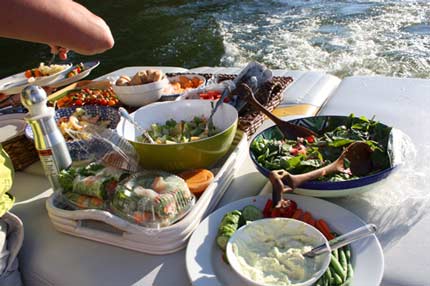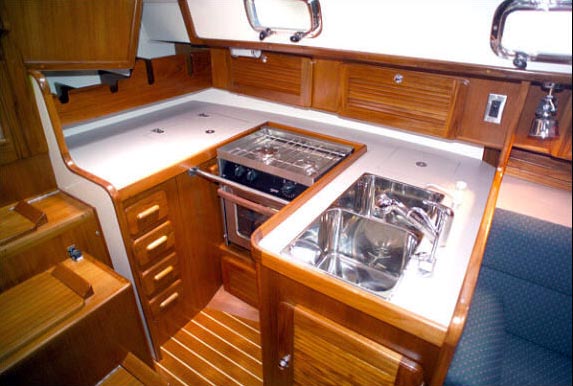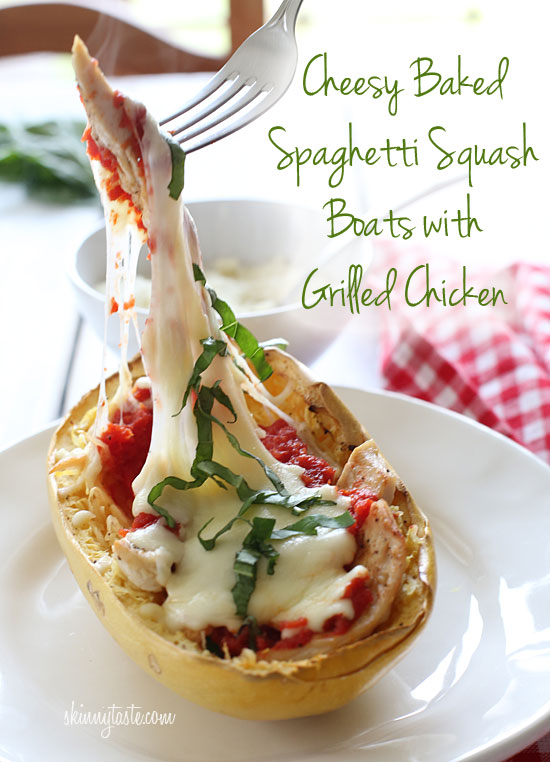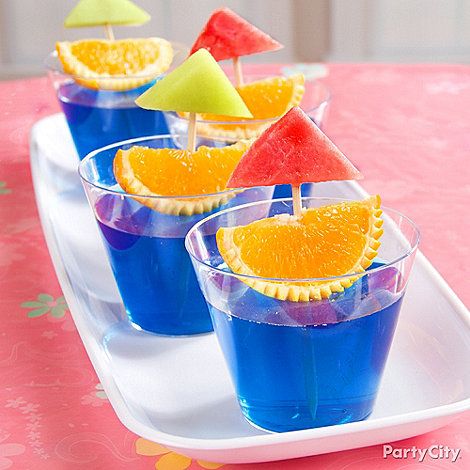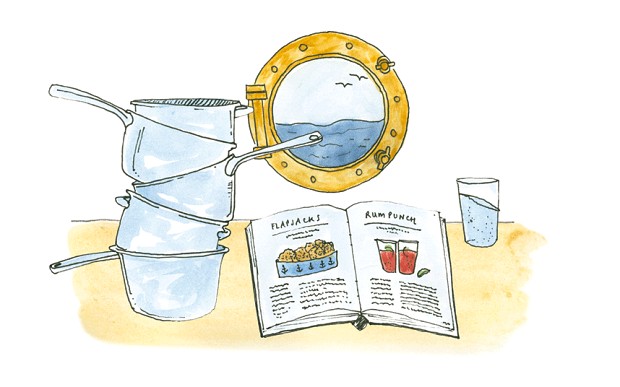We do believe that ‘everything tastes better on the water’ and when you possess a love for boating and sharing a meal with friends, you know it is absolutely linked! The challenges of cooking on the waves are not only about high winds and limited rations, but also trying to make something good to eat in a tiny kitchen that only takes 20-30 minutes tops. Prepare for your voyage as if you were camping in the woods: space is limited, as are fuel and refrigeration, so planning ahead is critical. In a galley kitchen, you will be lucky to get two burners on the stove, let alone an oven or a microwave. A tiny sink will give you barely enough room to wash a cup–large pots and pans will act as washbasins by themselves–so plan your menus accordingly.
When cooking afloat, galley cooks learn certain tricks, such as: never use ceramic utensils, unless you want smashed plates; store your knives with extreme caution (flying blades: not good); use clean seawater to cook fish, to save on precious drinking water; avoid pungent cheeses that will stink out the kitchen and make you seasick; and in a really high wind, strap yourself to the stove with a harness. On the subject of rough seas, Fiona Grafton, who cooked on ocean racers in the 1970s, was cautious with salads. Before making one, she found it “advisable to put your head through the hatchway and check how the wind is blowing” because “salad is liable to rise off the plate and fly outside”. The most “seaworthy” vegetables in Grafton’s experience were weightier ones such as cauliflower, cabbage and carrots.
With a little bit of forethought, you can save yourself time and trouble when preparing meals in your miniature kitchen. Many items can be prepared on land before you set sail. Make a list with one dinner for each night you will be out. Choose simple one-dish meals if possible. Plan to have sandwiches for lunch and hand-held items for breakfast: muffins, granola bars, or energy bars. Bring some eggs to scramble and serve in tortillas for breakfast, lunch or dinner. Don’t rely on catching fish to eat. Consider fish a bonus meal or just replace one of your non-perishable meals. Your main source of fuel will most likely be propane. Since you can only bring so much fuel on board, plan your meals ahead of time and estimate your fuel needs before embarking on your adventure. If you’re sick of sandwiches, there are plenty of food ideas for the boater and here’s what we recommend:
Mexican Night – Tacos with Black Bean Salsa and Grilled Pineapple for dessert. Serve with Mexican beer or sodas.
Italian Delight – Antipasto, followed by Penne and Vodka Sauce, served with crostini and stuffed dates for dessert.
Mediterranean Bliss – Fattoush and or Hummus, served with pita bread and a tomato-mozzarella salad. Pack some store-bought baklava for dessert.
Easy American -If you don’t have a grill for Burgers, fry them in a pan. Fresh onion buns, a dill pickle spear, and your favorite potato chips round out this meal–with a cold beer or soda. Don’t forget to bring ketchup and mustard!
Some more handy tips:
Boiling water is dangerous on a moving vessel. Prepare rice and pasta ahead of time, cool, and store in freezer-weight bags. This also helps to conserve both water and fuel.
There are special grills available that attach to the railing of the boat–perfect if you are catching fish to eat.
Counter space and preparation areas are usually minimal, so avoid bringing food that involves a lot of chopping. Find a cutting board that clamps onto something or folds down from the wall to create a prep area.
Be sure to bring a spatula, wooden spoons, can opener, corkscrew and bottle opener.
Knives are necessary for food prep, but can be a hazard if you leave them on the counter. Hang a magnetized strip for storing knives and put them away after each use.
For dishes and utensils, use lightweight plastic or metal. Things can move around quite a bit on a boat; having unbreakable dishes is safer and they usually float if they happen to fall overboard.
Strategically placed handles may be installed near the stove to help you keep your balance while the boat is rocking.
The above article was compiled from these links, read the individual articles here:
http://www.telegraph.co.uk/foodanddrink/10872708/The-Kitchen-Thinker-cooking-on-a-boat.htmlhttp://dish.allrecipes.com/the-galley-kitchen-boat/
http://theboatgalley.com/boat-cooking/
If you have an interesting tip or a handy recipe idea to share, do write to us at zinia@indiayachtpage.com


